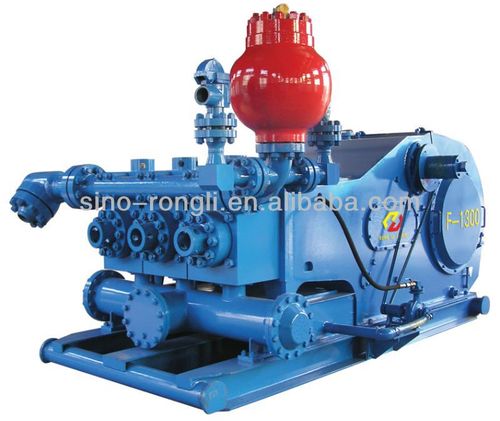Dry Lubricant Bearings Factory: Your Ultimate Guide to High-Performance Solutions
## Dry Lubricant Bearings Factory: Your Ultimate Guide to High-Performance Solutions
### Introduction
Dry lubricant bearings represent a breakthrough in industrial machinery components, eliminating the need for external lubrication systems. These **self-lubricating bearings** integrate solid lubricants like graphite or PTFE within their matrix, making them indispensable in aerospace, automotive, and food processing industries where contamination risks must be minimized.
The global dry lubricants market is projected to reach $1.2 billion by 2025 (Grand View Research), driven by increasing demand for maintenance-free solutions. As manufacturers seek to reduce downtime and operational costs, the strategic selection of a **reliable dry lubricant bearings factory** becomes critical. How can businesses identify the optimal partner for their precision bearing requirements?





 13869596835
13869596835